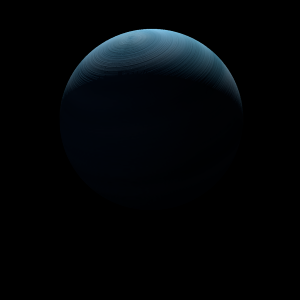|
|
Space Astro
|
Info for exoplanet "Hydaph Artri"
| Scientific (actual) data |
|---|
| Name | HD 145457 b |
| Planet status | Confirmed |
| Mass sini | 2.9 |
| Orbital period | 176.3 |
| Semi major axis | 0.76 |
| Orbit eccentricity | 0.112 |
| Angular distance | 0.006032 |
| Discovered | 2010 |
| Updated | 2010-05-17 |
| Omega | 300 |
| Tperi | 3518 |
| Publication | Published in a refereed paper |
| Detection type | Radial Velocity |
| Star name | HD 145457 |
| Right ascension | 242.52° |
| Declination | 26.74° |
| Mag v | 6.57 |
| Star distance | 126 |
| Star metallicity | -0.14 |
| Star mass | 1.9 |
| Star radius | 9.9 |
| Star sp type | K0 |
| Star temperature | 4757 |
| Wikipedia article | HD 145457 b |
Back
| |
| Fictional info (?) |
|---|
| Suggested name | Hydaph Artri |
| Planet type | Cold planet |
| Its orbital period around HD 145457 of 180 earth days is the longest of all the planets in its solar system.
The two polar ice caps appear to be made largely of rock.
Because of its fast rotation, the planet's shape is that of an oblate spheroid (it has a slight but noticeable bulge around the equator). |
| Atmosphere | Hydrogen deuteride (HD) | 50% |
| Ozone | 24% |
| Molecular hydrogen | 14% |
| Methane | 9.8% |
| Sulfur dioxide | 2.1% |
| Atmospheric pressure | 0.0025 bar |
 |
| No known satellites |
| Google search for Hydaph artri |
|
Website by Joachim Michaelis
|
|
|
|